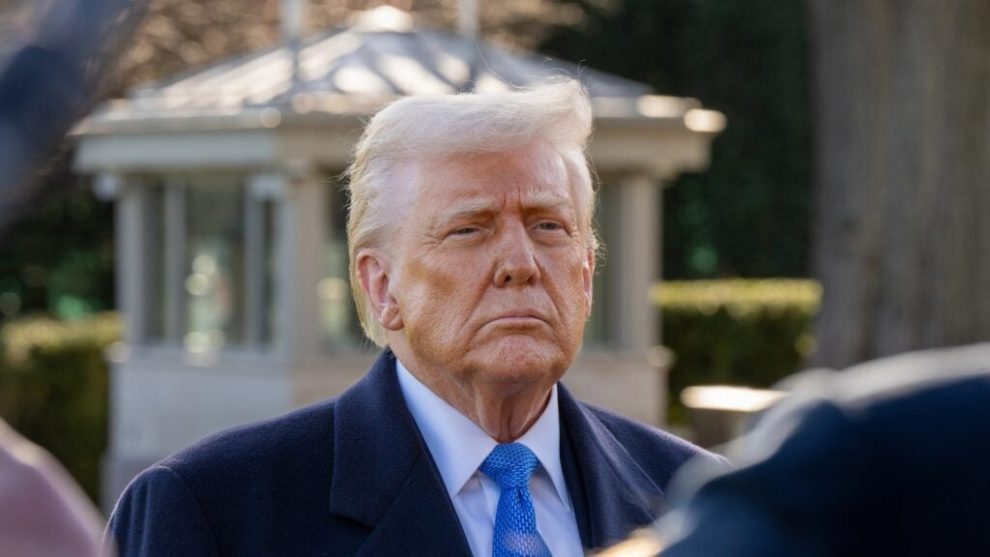The trade policy chaos has deepened, causing elevated volatility and uncertainty for the financial markets, as the tariff tussle has now entered the courts. Experts forecast a bumpy road till the time any concrete clarity emerges.
What Happened: After the U.S. Court of International Trade invalidated a significant portion of these tariffs imposed by Donald Trump via the International Emergency Economic Powers Act (IEEPA) on Wednesday, a federal appeals court on Thursday paused the lower court’s block on tariffs.
The stay will remain in effect, allowing the Trump administration to pursue its appeal of the trade court’s decision.
Adam Turnquist, the chief technical strategist for LPL Financial, said that “the added wrinkle” to trade policy introduces more uncertainty about where the effective U.S. tariff rate will ultimately land and likely “delays the timeline for clarity.”
He added that “the market hates uncertainty,” and cited that the trade uncertainty index peaked as the market bottomed last month.
“Importantly, high levels of trade policy uncertainty tend to correlate with high implied volatility, suggesting investors should expect a bumpier path for stocks until there is more clarity on trade,” he said.
Turnquist believes that “Investors should expect elevated turbulence until there is greater clarity on trade.”
Meanwhile, Ed Yardeni, of Yardeni Research, highlighted that the U.S. operates as a federal republic, distinct from a pure democracy where majority rule is absolute.
He explained that the nation’s constitutional framework was deliberately crafted with checks and balances. This system aims to prevent the concentration of political power and to safeguard the rights of minority parties from potential “abuses by the majority as well as by those in power.”
The design of the three branches of government inherently serves to “frustrate the ambitions of the powerful on a regular basis,” Yardeni highlighted.
According to him, a “gridlock” situation with Trump’s tariffs will likely be good for the markets.
Latest Startup Investment Opportunities:
“In other words, gridlock is a feature, rather than a bug, of the American constitutional system. Gridlock has generally been viewed as bullish by stock and bond investors. The companies they invest in tend to do best when the government is the least meddlesome in their businesses,” he said.
Why It Matters: Craig Shapiro, a macro strategist at Bear Traps Report, predicted that any judgment via the appeal process could come by mid-to-late June 2025.
“If they are granted the stay, they get to keep collecting the tariffs during the appeal process, says Shapiro and “If not, they are kinda screwed on all subsequent negotiations with trading partners and will have that huge hole in the budget process that was meant to help pay for tax cuts.”
Marko Kolanovic, formerly J.P. Morgan’s chief market strategist, views the court’s decision to block Trump’s global tariffs as bullish for the stock market. However, he cautioned that a potential escalation by Trump, combined with a month-end index rebalancing, could impact markets by up to 2%.
Price Action: The stocks closed higher on Thursday. However, after the temporary stay on a lower-court ruling, the futures were lower in premarket on Friday.
The SPDR S&P 500 ETF Trust SPY and Invesco QQQ Trust ETF QQQ, which track the S&P 500 index and Nasdaq 100 index, respectively, were below the flatline in premarket on Friday. The SPY was down 0.11% at $589.43, while the QQQ declined 0.077% to $519.53, according to Benzinga Pro data.
Read Next:
Photo courtesy: Joey Sussman / Shutterstock.com






Add Comment